Introduction: A New Pilgrimage—To the Property Office?
In 2025, something quietly powerful is happening across India’s real estate landscape.
● Residential projects near religious sites—temples, gurudwaras, mosques, and ashrams—are seeing renewed demand.
● This isn’t nostalgia. It’s not just culture. It’s strategy.
Post-temple property is becoming a real estate category of its own—where devotion meets demand, and the afterglow of a spiritual site boosts square foot prices.
But why now? Why are Indians once again looking for homes near spiritual epicenters?
Let’s explore the social, economic, and emotional tectonics behind this silent wave.

The New Indian Buyer Is Not Just Looking for Amenities—But Meaning
For years, real estate sales were driven by:
● Proximity to schools
● Metro lines
● Malls and hospitals
● Office hubs
But post-COVID, post-global burnout, and post-urban saturation—a new kind of buyer has emerged.
One who asks:
▪ Is there peace nearby?
▪ Is the environment sacred?
▪ Can I walk to the mandir every morning?
This isn’t superstition. It’s lifestyle curation.
The “Post-Temple Property” Phenomenon—Explained
We’re not talking about temple ownership. We’re talking about residential demand in:
● 1–5 km radius of major temples or spiritual sites
● Homes designed to align with Vaastu and spiritual zoning
● Builders naming projects after deities or mythological themes (e.g., “Krishna Valley”, “Vedanta Heights”, “Aarambh Enclave”)
● Retirees, spiritual seekers, and even mid-career professionals choosing homes where “energy is high, and chaos is low.”
This is religious adjacency, not religiosity.
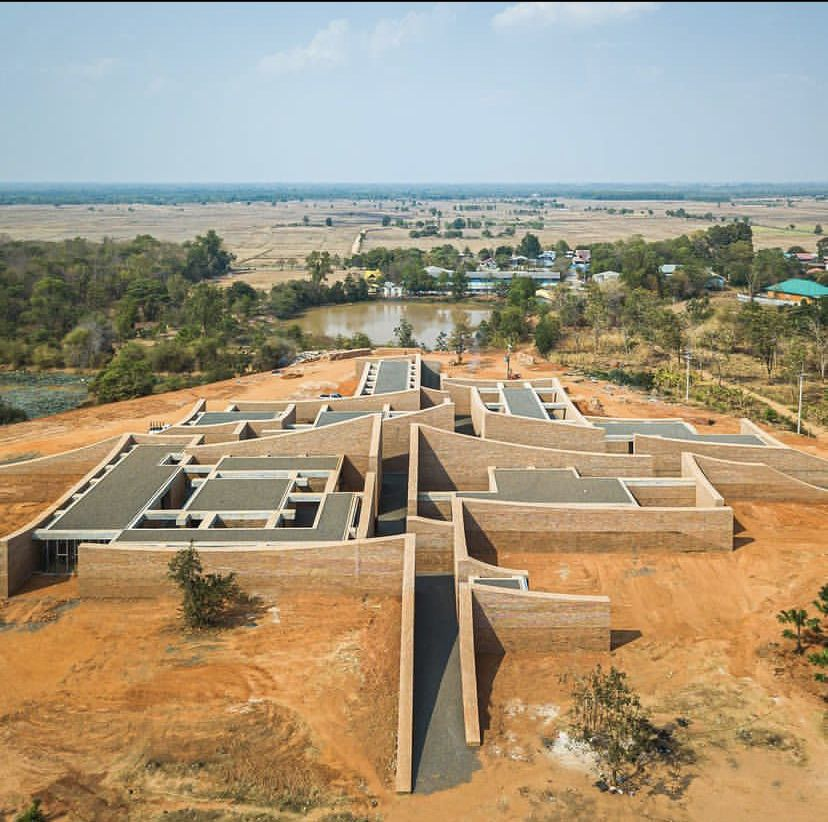
Why the Shift? Key Drivers Behind the Trend
● Post-pandemic spirituality – COVID brought mortality to the foreground; many turned inward and toward tradition.
● Parental preferences – Elderly family members influence buyers to choose spiritually rich environments for peace and routine.
● Investment logic – Homes near temples often appreciate steadily due to consistent footfall, local economy, and tourism potential.
● Hybrid work freedom – Work-from-anywhere policies mean people no longer need to live in city centers. They’re choosing meaning over commute.
Case Study: Ayodhya’s Residential Boom
After the Ram Mandir construction began, Ayodhya transformed from a pilgrimage town into an investment hotspot.
● Over ₹15,000 crore worth of infrastructure and hospitality projects announced
● Tier 1 developers entering the market with mid-rise spiritual townships
● Residential plots within a 3–4 km radius of the temple shot up by 50–80% in 2 years
● NRIs buying second homes for spiritual stays, retirement planning, or Airbnb-style religious tourism
It’s no longer just about belief. It’s economics powered by emotion.
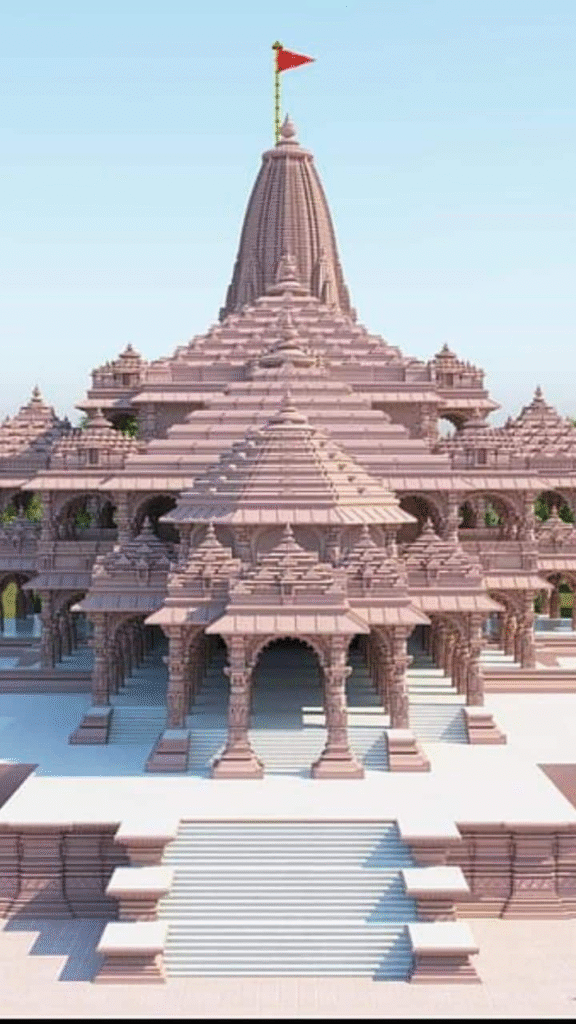
How Developers Are Quietly Riding This Wave
Forward-looking builders are leveraging this movement by:
▪ Launching projects with spiritual branding (“Divya Homes,” “Tapovan Residences”)
▪ Offering mandir views as a premium feature
▪ Promoting “walk-to-aarti” lifestyle in brochures
▪ Designing with Vaastu-aligned layouts as default, not add-ons
▪ Creating elderly-first amenities like meditation lawns, Ayurveda clinics, and minimal-stair living
This is strategic positioning—not just architecture.
The Buyer Profile: Who’s Choosing Post-Temple Homes?
Here’s who’s driving this market:
● Early retirees – Seeking calm, cultural immersion, and familiar rituals
● Young spiritual professionals – Mid-30s buyers choosing spiritual suburbs over urban chaos
● Elderly parents of NRIs – Children abroad investing in peaceful homes for their parents
● Women buyers – Often the key decision-makers in family property choices, drawn to areas that feel safe, serene, and socially connected
● NRIs and OCI card holders – Buying second homes for annual visits, often aligning dates with religious festivals
This is not a low-income or rural phenomenon. It’s pan-India and socioeconomically diverse.
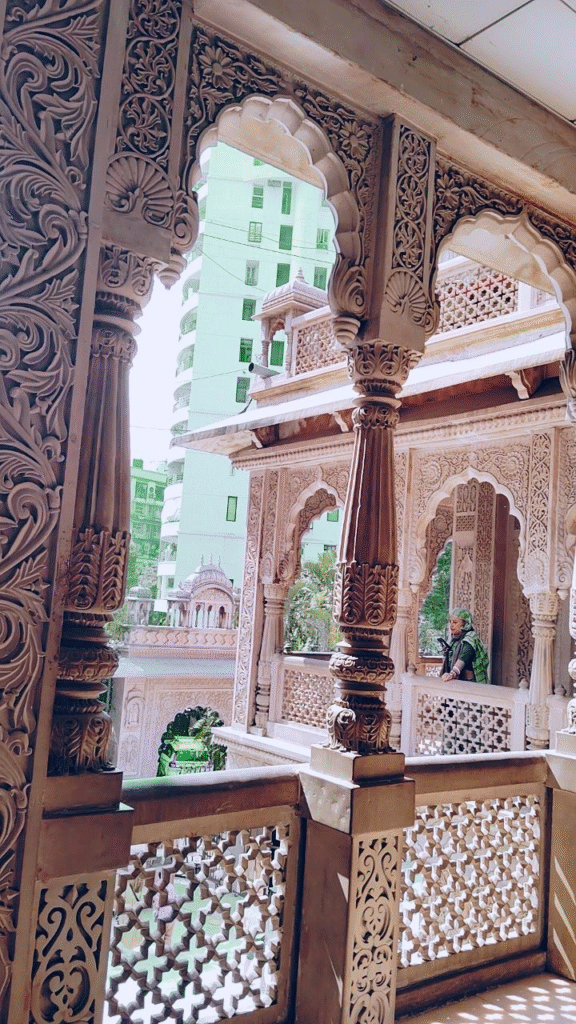
Examples of Indian Cities Experiencing the Post-Temple Real Estate Push
● Ujjain (Mahakal Corridor) – Property rates near the temple rose 30–40% post-renovation of the Mahakal Lok.
● Varanasi – Post-Kashi Vishwanath Corridor, interest in flats and boutique hotels skyrocketed.
● Tirupati – Gated communities designed for spiritual tourists now host long-term residents.
● Puri – With the Jagannath Temple redevelopment and coastal charm, luxury and mid-range homes are in demand.
● Rishikesh & Haridwar – Wellness seekers and yoga professionals buying homes near ashrams and river banks.
Spiritual Architecture Is Being Reimagined—Not Reinvented
Modern post-temple homes combine:
▪ Minimalist design with sacred geometry
▪ Biophilic principles (sunlight, water bodies, breeze corridors)
▪ Temple-inspired motifs subtly integrated into interiors
▪ Community mandirs, meditation halls, and gausevas within the compound
This isn’t religious overkill. It’s a soft aesthetic with a rooted soul.
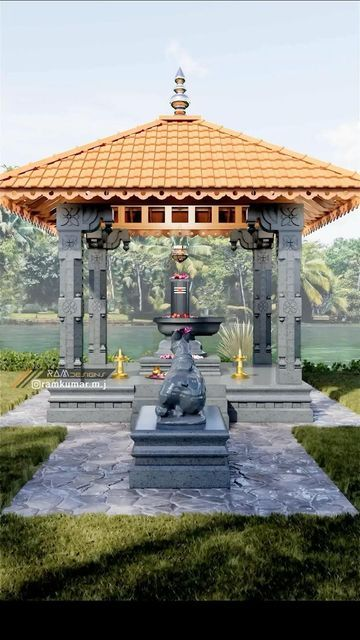
Digital Influence: How Social Media Drives Temple-Adjacent Buying
● Reels showcasing “Sunrise near Kedarnath-facing balcony” get thousands of shares.
● YouTube walkthroughs of “Vaastu-compliant 2BHKs in Rishikesh” trend among spiritual influencers.
● Instagram handles of realtors are now using hashtags like:
▪ #DivineRealEstate
▪ #PostTempleLiving
▪ #SpiritualHomesIndia
▪ #LiveNearMandir
▪ #AshramAdjacentApartments
What used to be unlisted properties are now going viral.
Are There Real Benefits to Living Near a Temple?
● Peace and routine – Temples promote a community rhythm—morning bells, shared silence, seasonal festivals.
● Local economy – Shops, flowers, security, transport, prasad—temples generate daily micro-economies.
● Footfall = Safety – Contrary to fear, temple areas are often under high surveillance and well-lit zones.
● Health benefits – Regular walks to spiritual sites double as cardio and mindfulness routines.
● Elderly engagement – A social and devotional network that supports senior living.
It’s not just spiritual. It’s psycho-social wellness with daily ritual.

Challenges in the Post-Temple Market
No trend is without its hurdles:
▪ Over-tourism – Some areas get flooded during peak festivals
▪ Infrastructure lag – Roads, waste management, and water systems in older temple towns can be underdeveloped
▪ Speculative pricing – Unscrupulous sellers inflate rates based on proximity without offering real value
▪ Religious exclusivity risk – Need for secular integration in multi-faith societies
▪ Noise and activity – Temples bring sound; not every buyer wants that daily exposure
That’s where design, regulation, and intent must meet.
What This Means for Architects, Designers & Planners
If you’re in the design or real estate business, you cannot ignore the spiritual map anymore. It’s becoming part of urban planning.
● Design homes that blend ritual and routine with modern living
● Offer buyers space for devotion—even in compact flats
● Align terraces, balconies, and entrances to sun, wind, and spiritual visuals
● Study urban dharma zones—where design and dharma intersect
● Help clients understand that sacred adjacency can be a daily wellness tool, not just an investment perk
The spiritual isn’t abstract. It’s now a live design brief.
The Future: Will We See Religion-Centric Townships?
Already, we’re seeing whispers of:
● Spiritual retirement townships with walking trails to temples
● Gated spiritual communities around ISKCON centers, Jain temples, or Shankaracharya peeths
● Homes that come with ritual schedules and temple concierge services
● AI-assisted Vaastu layouts dynamically adapting to your spiritual routine
● Hybrid homes for remote workers who log into Zoom by day and visit the Ganga aarti by dusk
In the next 10 years, spirituality and sustainability may merge to create a new housing typology in India.
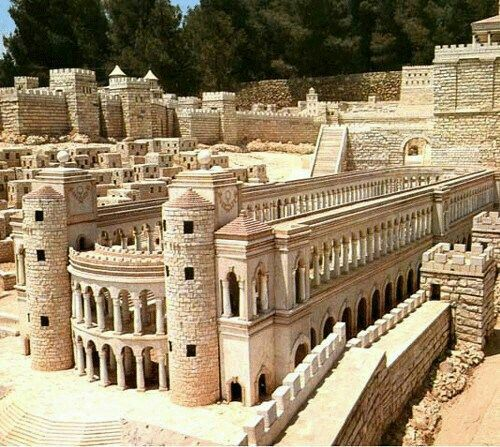
Conclusion: When Property Becomes Pilgrimage
In 2025, many Indians aren’t just buying flats.
They’re buying proximity to peace.
They’re buying homes where routine feels sacred.
They’re choosing places where culture still breathes through walls, and bells replace car horns.
And quietly, without media noise or startup headlines, the post-temple property trend is redefining India’s residential future—one sacred sunrise at a time.
📞 Want to Design or Invest in a Post-Temple Property?
Let’s build homes that don’t just house people—but nourish their spirit.
● Expert design services for spiritual homes, temple-town planning, and culturally sensitive interiors
● Site selection & vastu-aligned layout consulting across India
● Email: contact@mishulgupta.com
● Portfolio & client success stories at: www.mishulgupta.com
Available for consultations in Ayodhya, Haridwar, Ujjain, Ambala, and beyond.
